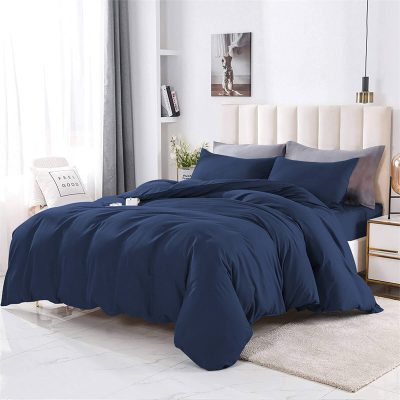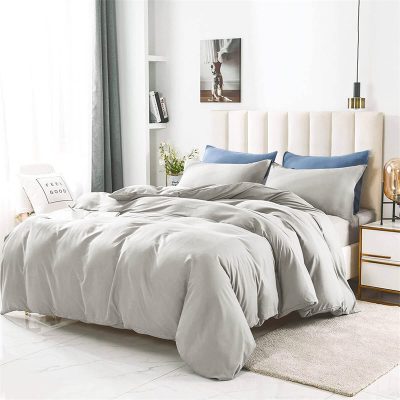Wool quilt has good elasticity, fluffy and light weight. Wool quilt has good warmth retention, but poor air permeability. At the same time, because of the large shrinkage of wool, the wool quilt is easy to deform and easy to be eaten by insects.
The duvet has the advantages of lightness, softness and good warmth retention. But down products also have many shortcomings. Feather is used as a filling material to require higher fabrics, otherwise the phenomenon of fleece will be very serious. Duvets generally use coated high-density fabrics as the quilt surface. Most of these fabrics are chemical fiber fabrics. The use of static electricity in winter is serious and the comfort is poor. The duvet is bulky and bloated, making it inconvenient to carry and store. One of the biggest disadvantages of duvets is their poor resistance to insects and mildew. Need to use insect repellent when storing.
The silk quilt is smooth, breathable, soft, moisture-absorbing, non-itchy and anti-static. It has the advantages of close-fitting warmth, fluffy and soft, breathable and health care. Silk quilt will not be eaten by insects, and no mothballs and other drugs are required when stored. Its disadvantage is that the quilt will become thinner after using it for a long time.
Chemical fiber is usually divided into two categories: artificial fiber quilt and synthetic fiber quilt. Common categories currently include seven-hole quilt, nine-hole quilt, tread quilt, space quilt, soybean fiber, milk fiber quilt and so on. Their common advantages are white color, soft texture, crisp drape, smoothness and comfort. Their disadvantages are poor wear resistance, heat resistance, moisture absorption, and air permeability. It is easy to deform when exposed to heat, and it is easy to generate static electricity and cause skin allergies.




















